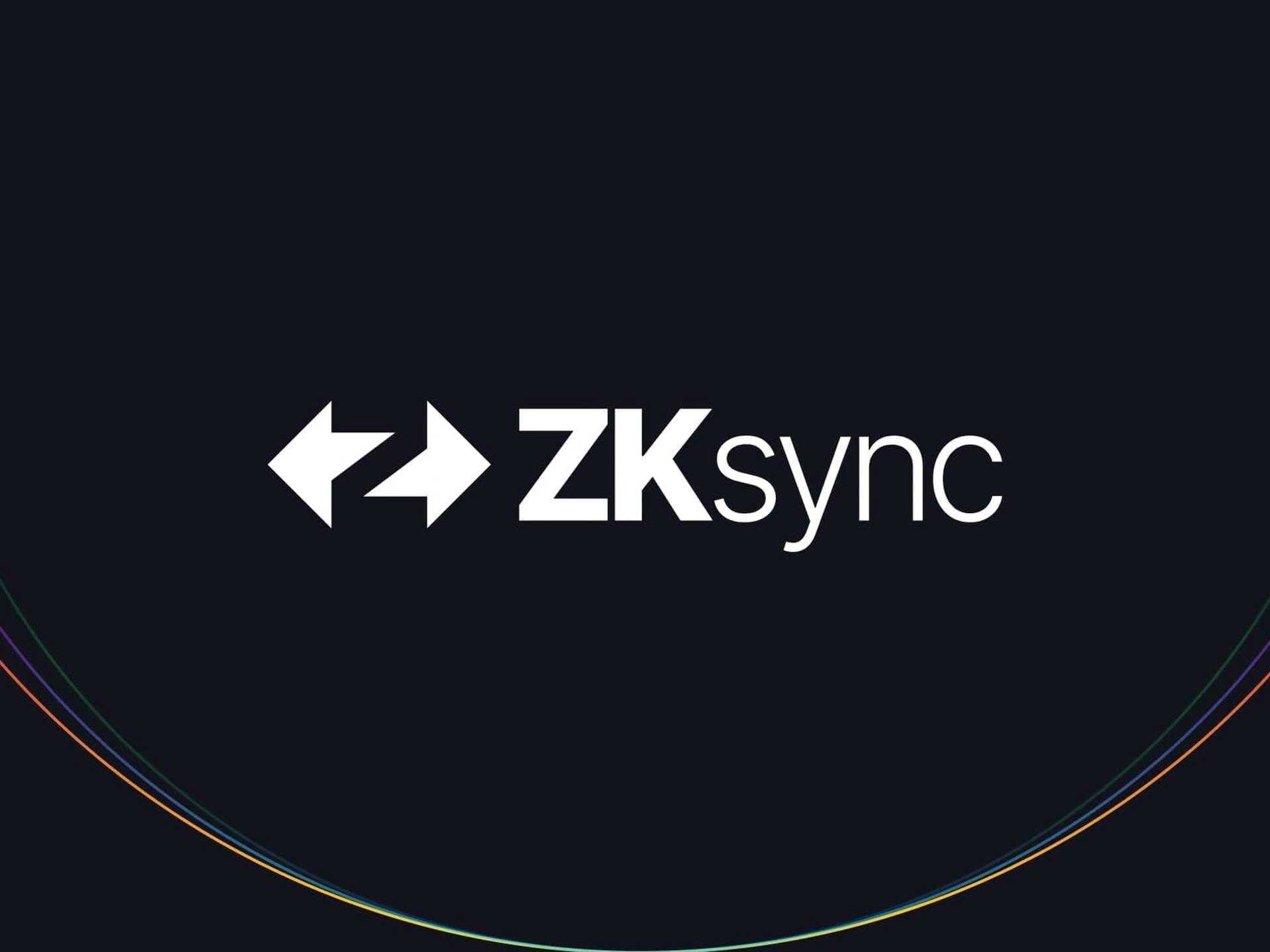ZKsync
ZKsync(지케이싱크)는 제로지식 롤업(zk Rollup) 기술을 기반으로 한 신뢰할 수 있는 Layer 2 프로토콜로, Ethereum에서 확장 가능하고 저렴한 결제를 제공합니다. Matter Labs에서 개발한 사용자 중심의 zk 롤업 플랫폼입니다. [1][2][3]
개요
ZKsync의 주요 기능 및 제품은 다음과 같습니다.
- ZKsync Era: 암호화 유효성 증명을 사용하여 이더리움에서 확장 가능하고 저렴한 트랜잭션을 제공하는 신뢰할 수 있는 프로토콜입니다. EVM 호환 스마트 계약, 즉시 트랜잭션 확인 및 저렴한 수수료를 지원합니다.
- SDK: ZKsync는 개발자가 ZKsync 네트워크에서 dApp을 구축할 수 있도록 다양한 프로그래밍 언어로 SDK를 제공합니다. 이러한 SDK는 ZKsync 기능과의 통합을 위한 도구를 제공하여 개발 프로세스를 간소화합니다.
- ZKsync Node: 이 구성 요소를 통해 사용자는 기본 노드의 읽기 복제본을 실행하여 ZKsync 메인넷/테스트넷 상태를 로컬에서 검증할 수 있습니다. 신뢰할 수 있는 방식으로 재구성된 상태와 상호 작용하기 위한 API를 제공합니다.
- ZK Stack 및 zkEVM: ZKsync 스택에는 zkEVM이 포함되어 있으며, 이는 Ethereum과의 완벽한 호환성을 유지하여 이더리움 생태계와의 통합 및 상호 작용을 가능하게 합니다. 이를 통해 제로지식 롤업을 시작할 수 있습니다. [3]
역사
제로지식 롤업은 이더리움 확장성을 개선하기 위해 2020년 독일의 Matter Labs에서 개발되었습니다. Matter Labs는 2019년에 프로젝트 작업을 시작하여 2020년에 ZKsync 1.0이라는 첫 번째 버전을 출시했습니다. [4]
ZKsync 1.0
ZKsync의 역사는 2020년 ZKsync 1.0으로 시작되었습니다. 이 이더리움 확장 기술은 초당 최대 3000건의 트랜잭션(TPS)을 처리할 수 있었습니다. 그러나 네트워크가 확장됨에 따라 더 높은 처리량이 필요하게 되어 새로운 버전인 ZKsync 2.0이 개발되었습니다. [4]
ZKsync 2.0
Matter Labs는 zkEVM 테스트넷을 출시하여 ZKsync를 이더리움 네이티브 스마트 계약을 실행하는 최초의 zk-Rollup으로 만들었습니다. 알파 버전 zkEVM 인프라를 갖춘 ZKsync 버전 2.0은 이전 버전인 ZKsync 1.0에 비해 상당한 개선을 나타냅니다. [4]
zk-Porter는 이더리움 트랜잭션의 효율성을 높이기 위해 만들어졌습니다. zk-Porter는 처리량을 높이기 위한 샤딩 솔루션입니다. zkPorter를 사용하면 이더리움 확장성이 3000 TPS에서 20,000 TPS로 증가할 수 있습니다. [4]
ZKsync 3.0 (Elastic Chain)
2024년 6월, Matter Labs는 생태계를 더욱 상호 연결하기 위한 새로운 로드맵인 ZKsync 3.0을 발표했습니다. 여기에는 2024년 초에 출시된 경쟁사인 Polygon의 AggLayer와 유사한 새로운 "Elastic Chain"이 포함됩니다. [10]
ZKsync "3.0"의 핵심은 2024년 6월 7일에 출시된 v24 업그레이드로, Matter Labs 팀은 블로그 게시물에서 CoinDesk와 공유한 내용에서 “ZKsync를 단일 ZK 체인에서 Elastic Chain으로 전환”했습니다. 이 Elastic Chain은 ZKsync 생태계의 여러 체인으로 구성되지만 사용자는 단일 체인을 사용하는 것처럼 느낄 것이라고 팀은 밝혔습니다. [10]
“Elastic Chain은 수학적으로 보호되고 통일된 직관적인 UX 하에서 원활하게 상호 운용되는 ZK 체인(롤업, 유효성 검증, 의지)의 무한히 확장 가능한 네트워크입니다.”라고 Matter Labs는 썼습니다. [10]
Matter Labs에 따르면 새로운 Elastic Chain은 세 가지 핵심 구성 요소로 구성됩니다.
첫 번째 구성 요소는 네트워크의 핵심인 “Native Token Vault”와 “Shared Router”로 구성됩니다.
“이더리움의 일련의 스마트 계약으로 구현된 이러한 구성 요소는 네트워크 상태를 관리하고 체인 등록을 처리하는 역할을 합니다.”라고 팀은 썼습니다.
두 번째 구성 요소는 Ethereum 블록체인을 ZKsync의 ZK 체인에 연결하고 ZK sync 생태계의 다양한 체인 간의 상호 운용성을 허용하는 미들웨어인 ZK Gateway입니다.
“이러한 핵심 구성 요소는 ZK 체인이 서로 효율적으로 상호 작용하고 트랜잭션을 수행하고 이더리움의 보안을 상속하며 공용 블록체인을 강력하게 만드는 핵심 속성을 손상시키지 않고 수평적으로 확장할 수 있는 네트워크를 형성하도록 합니다.”라고 Matter Labs는 썼습니다. [10]
기술
ZKsync의 롤업
ZKsync는 이더리움 트랜잭션을 배치로 처리하고 제로지식 증명을 사용하여 검증하는 zk-롤업을 사용합니다. 트랜잭션을 검증하기 위해 이더리움 네트워크는 배치 내의 모든 트랜잭션을 거치는 대신 전체 트랜잭션 배치에 대한 증명 유효성만 확인하면 됩니다. zk-증명을 사용하는 가장 큰 장점은 배치 트랜잭션과 증명 생성에 막대한 컴퓨팅 성능이 필요하지 않다는 것입니다. zk-증명을 선택하면서 ZKsync는 zk-SNARK를 증명 생성 방법으로 사용했습니다. [5]
